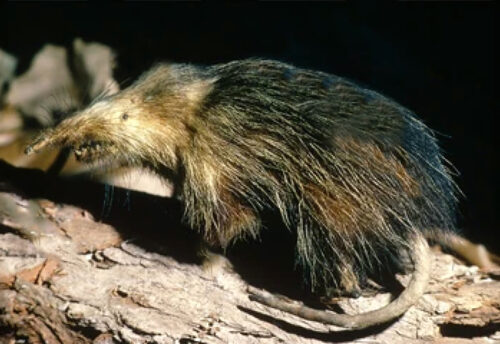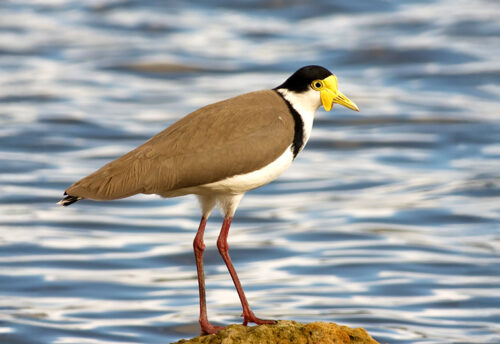
The waxy monkey frog, is a species of frog in the family Hylidae. It is native to South America, where it can be found in Argentina, Bolivia, Brazil, and Paraguay. You’ll find them in shrubs and low laying trees in dry Chaco forests. These frogs are often kept as pets, but they aren’t a common frog to see in captivity as they just aren’t mainstream yet, like other tree frogs; such as green tree frogs and White’s tree frogs. This article is on special request from Ryan.
First the Stats…
Scientific name: Phyllomedusa sauvagii
Weight: 3+ ounces
Length: Up to 3+ inches
Lifespan: 8 – 10 years
Now on to the Facts!
1.) Waxy monkey frogs are arboreal (spend most or all of their time in trees and shrubs).
2.) They are insectivores (primarily eat insects) consuming a wide variety of crawling and flying invertebrates.
3.) The main threat to these frogs is the pet trade and habitat destruction, due to logging and agriculture.
4.) These frogs have a waxy substance that they excrete which is spread all over their body and acts as a sun block! This allows them to get sun exposure and not dry out.
5.) The species is listed as “Least Concern” by the IUCN, which is a record of how endangered a species is.
But wait, there’s more on the waxy monkey frog!
6.) Like the White’s tree frog, they have a tendency to overeat.
7.) When housed together as pets you need to make sure you keep them at roughly the same size to avoid cannibalism. Yep, they will actually eat each other!
Did you know…?
Their secretions contain dermorphin, a unique natural opioid that is up to 40x stronger than morphine! A synthetic version of this chemical has been used illegally in the US as a powerful performance-enhancing drug for racehorses.
8.) The eggs are folded into a large leaf suspended over a pond or lagoon. When they hatch, the tadpoles drop down into the water and begin growing.
9.) These frogs are sexually dimorphic in that females are larger them males. This is a common trait in most all frogs.
10.) Females lay up to 830 eggs.
Now a Short Waxy Monkey Frog Video!
Also, check out the Critter Science YouTube channel. Videos added frequently!
Want to suggest a critter for me to write about? Let me know here.



